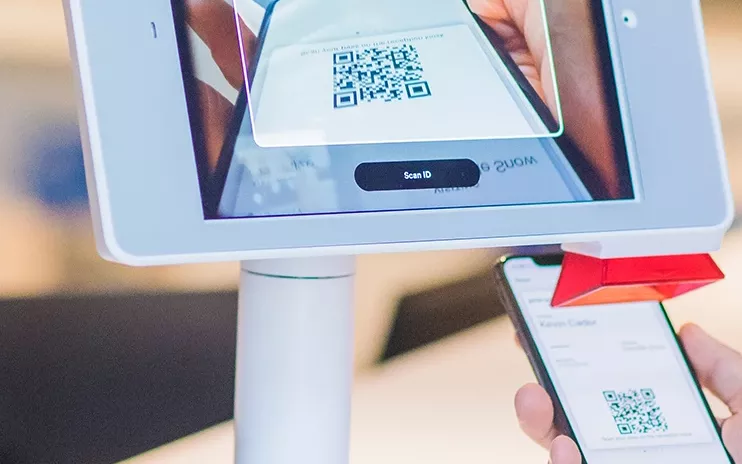In today’s digital age, airline e-tickets have become the standard method for booking and managing flights. An electronic ticket, or e-ticket, is a paperless document that serves as proof of your reservation with an airline. This system has revolutionized air travel by simplifying the booking process, reducing costs, and minimizing environmental impact.
What Is an Airline E-Ticket?
An airline e-ticket is a digital version of the traditional paper ticket. Instead of a physical document, your flight details are stored electronically in the airline’s reservation system. When you purchase an e-ticket, you receive a confirmation email containing your booking reference number and flight details. This information is all you need to check in and board your flight.
How Do E-Tickets Work?
Upon booking, the airline’s system generates an electronic record of your flight reservation. This record includes essential details such as your name, flight number, date, and seat assignment. While it’s not mandatory to print your e-ticket confirmation, having a printed copy or digital version on your device can expedite the check-in process.
Advantages of E-Tickets
1. Convenience: E-tickets eliminate the need to carry physical tickets. All your flight information is stored electronically, accessible via your email or the airline’s mobile app.
2. Cost-Effective: Airlines save on printing and mailing costs associated with paper tickets. These savings can be passed on to passengers through more competitive fares.
3. Environmental Impact: By reducing paper usage, e-tickets contribute to environmental sustainability. The shift from paper to electronic tickets has led to significant reductions in paper waste.
4. Security: E-tickets are less susceptible to loss or theft compared to paper tickets. If you misplace your e-ticket information, you can easily retrieve it through the airline’s system.
The Process of Using an E-Ticket
1. Booking: You book your flight through the airline’s website, mobile app, or a travel agency. Upon payment, an e-ticket is issued.
2. Confirmation: You receive an email or notification containing your booking reference number and flight details. It’s advisable to keep this information accessible.
3. Check-In: On the day of your flight, you can check in online using your booking reference or at the airport. At the airport, presenting your ID allows the staff to retrieve your reservation from their system.
4. Boarding: After check-in, you’ll receive a boarding pass. This pass, along with your ID, grants you access to the flight.
Data Analysis: Adoption and Impact of E-Tickets
The transition to e-tickets has been significant. According to industry reports, as of 2025, over 90% of airline tickets worldwide are issued electronically. This shift has led to a reduction in paper usage, saving approximately 50,000 trees annually. Additionally, airlines have reported increased operational efficiency and cost savings, which can enhance the overall passenger experience.
Best Practices for Managing Your E-Ticket
1. Keep Confirmation Emails Accessible: Store your booking confirmation in an easily accessible email folder or travel app.
2. Use the Airline’s Mobile App: Many airlines offer mobile apps where you can access your e-ticket information, receive flight updates, and complete check-in.
3. Print a Copy: While not always necessary, having a printed copy of your e-ticket confirmation can be helpful, especially if you encounter technical issues.
4. Verify Flight Details: Always double-check your flight details, including date, time, and terminal information, closer to your departure date.
Conclusion
Airline e-tickets have transformed the way we book and manage air travel. They offer convenience, security, and environmental benefits over traditional paper tickets. Understanding how e-tickets work and adopting best practices for managing them can enhance your travel experience.

